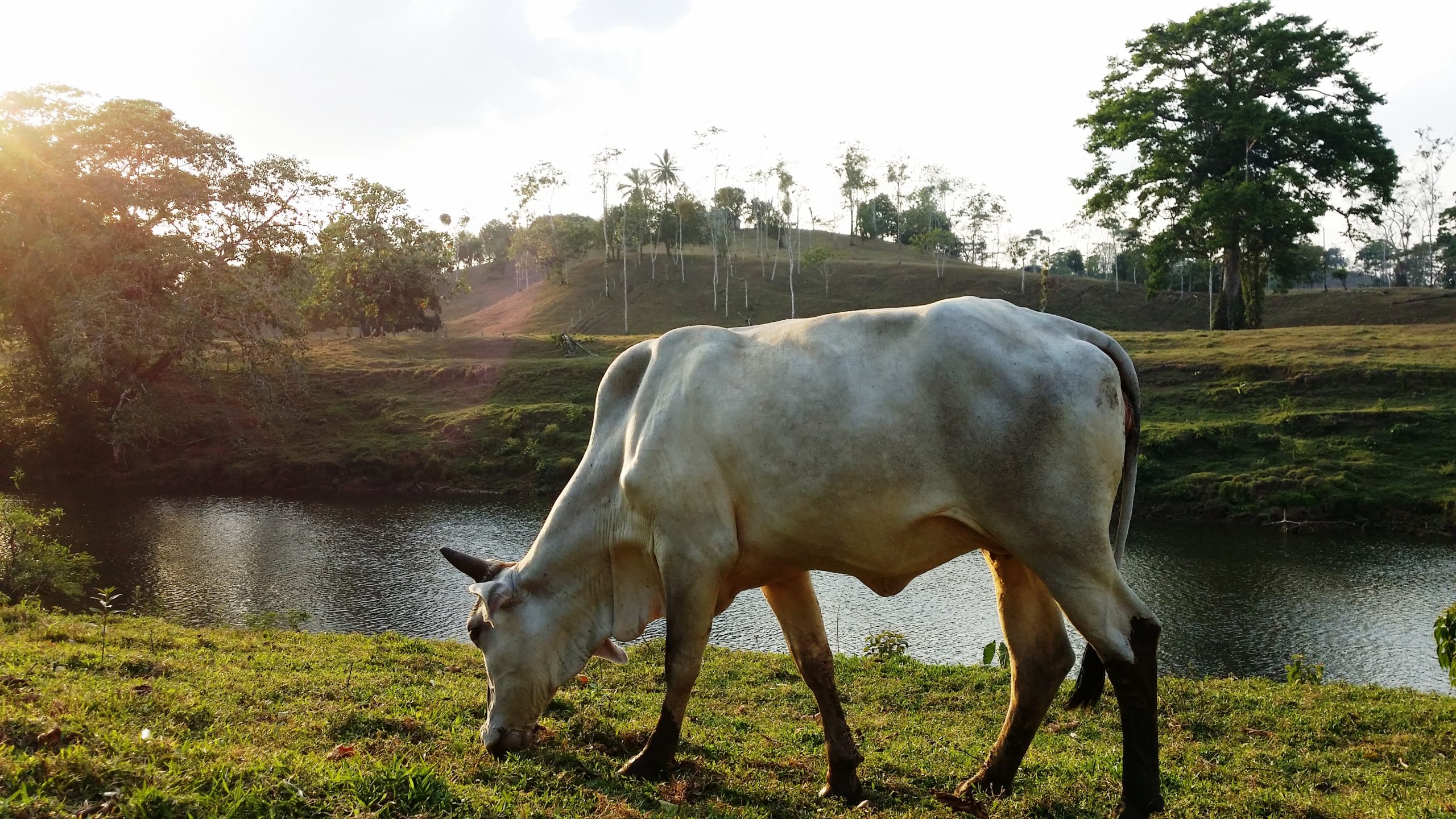 ©Jeremy Radachowsky/WCS
©Jeremy Radachowsky/WCS
Local forest communities standing up to illegal cattle ranchers and drug dealers in Guatemala

Protecting a total of 4 million hectares in Maya forest, and restoring up to 50,000 hectares over the coming decade

Sequestering up to 7.5 million tons of carbon dioxide in the Maya Biosphere Reserve forest over the next 30 years

Maya forest is a biodiversity haven, with 500 bird types including scarlet macaws – plus jaguars and rare wild pigs
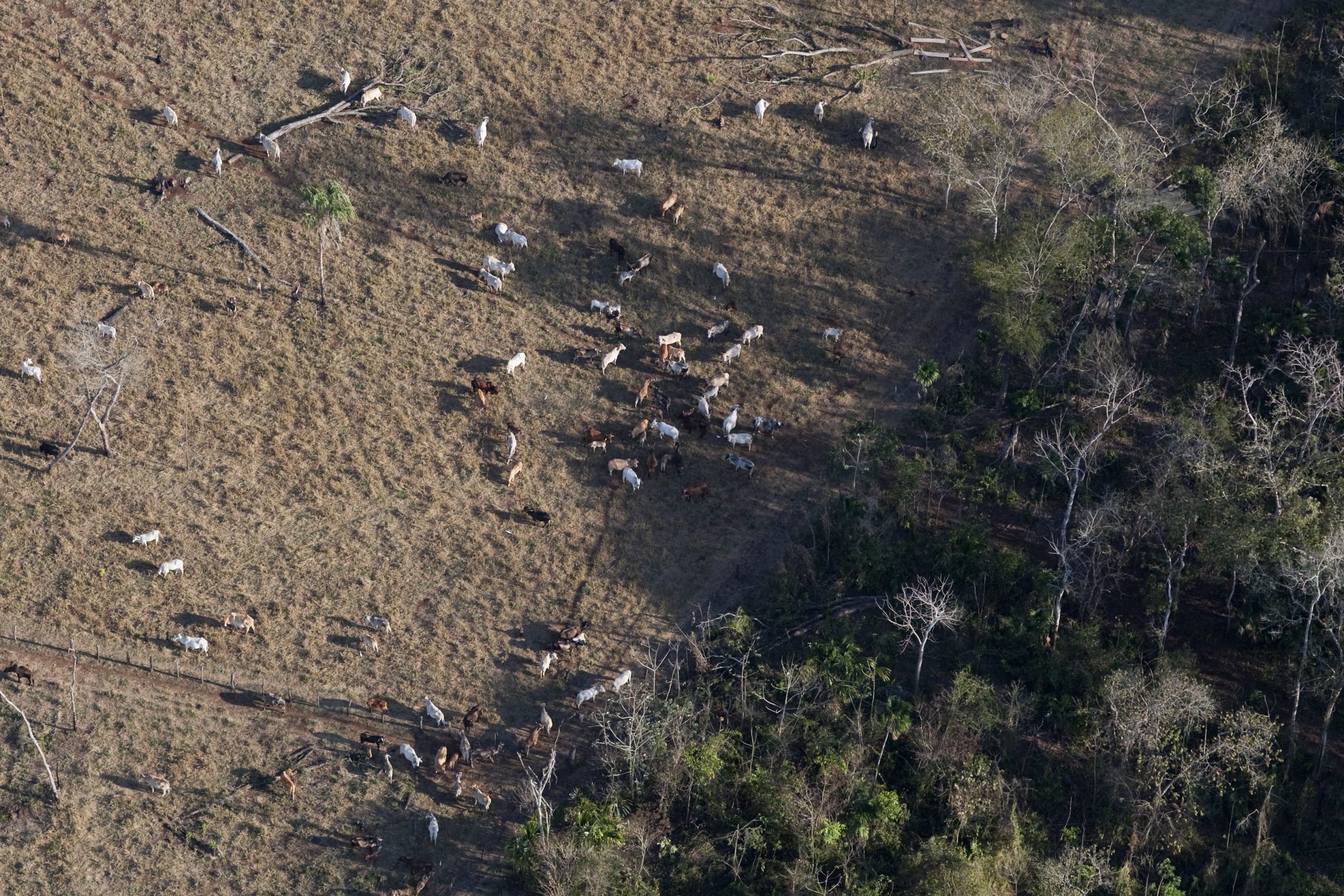
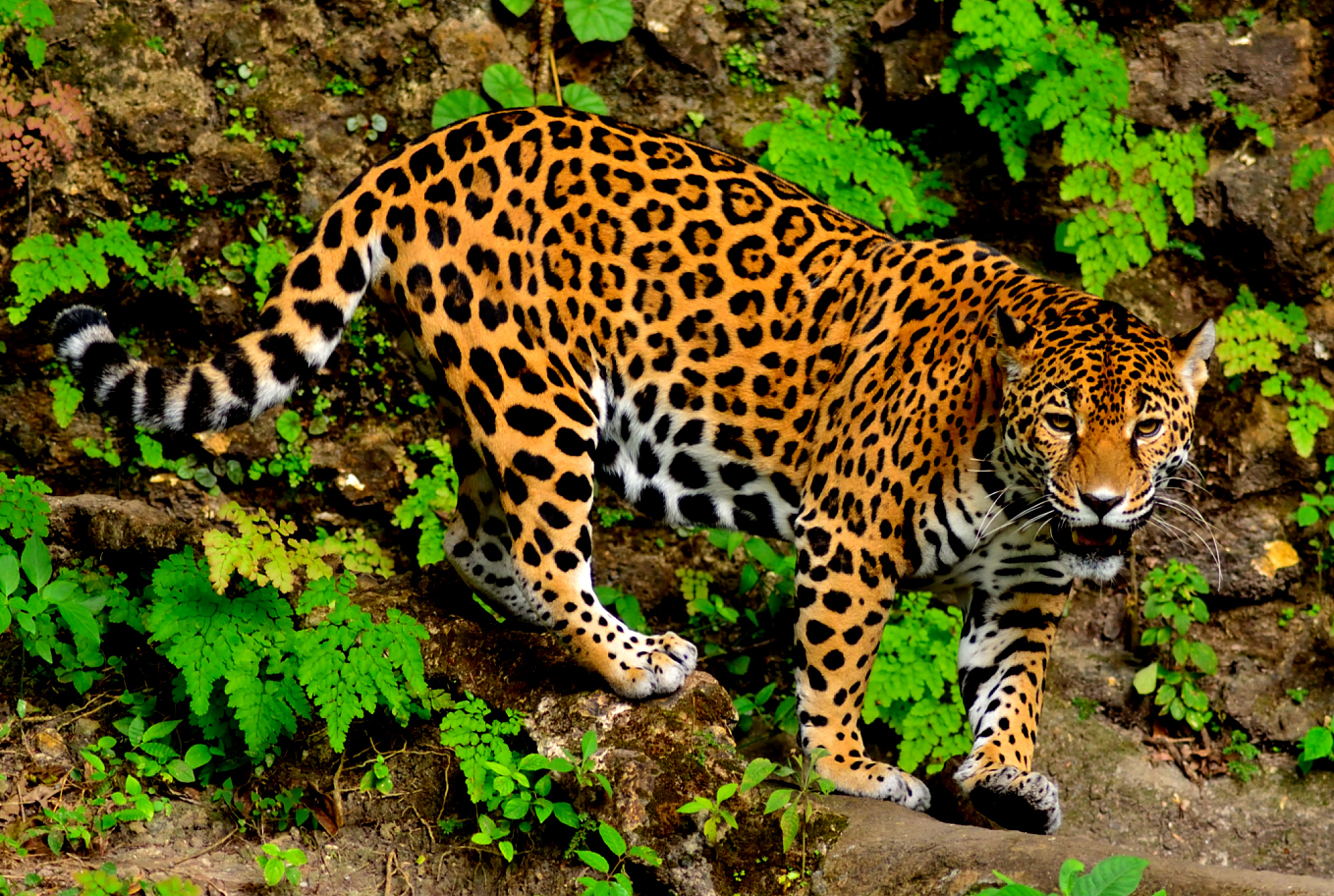
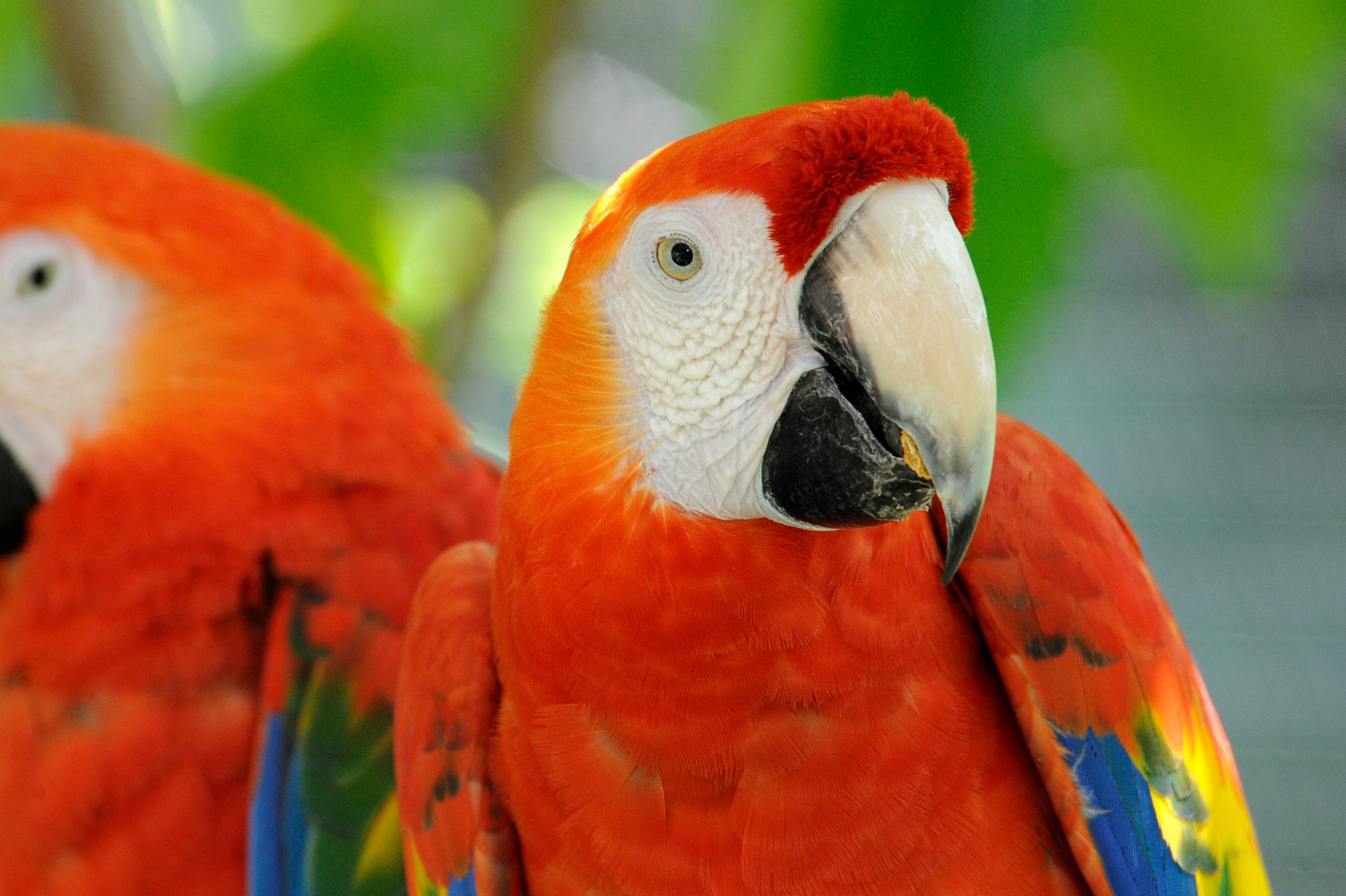
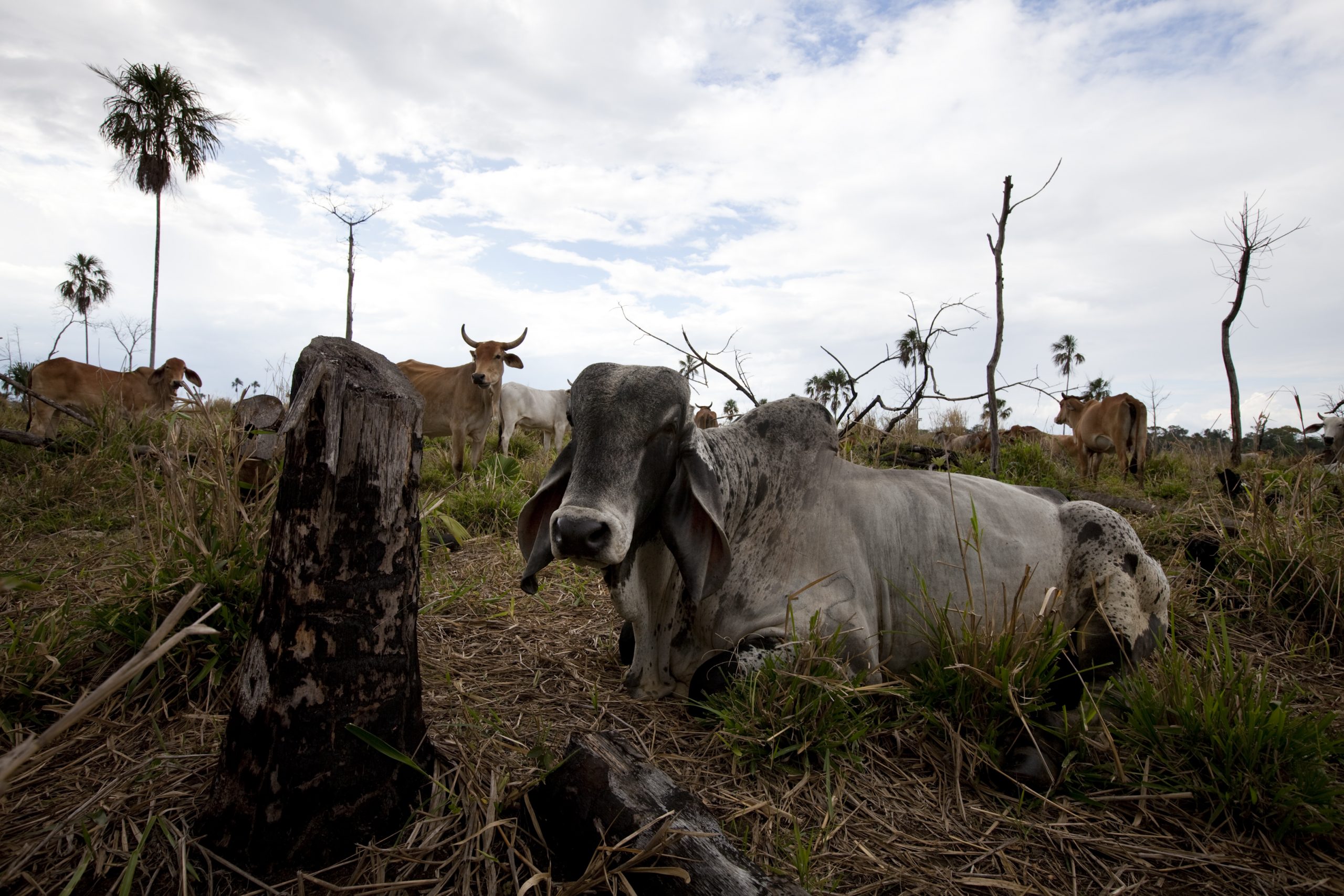


Recovered 155,000 hectares of tropical forest, reducing deforestation and fires, acquired crucial parts of Belize’s Maya forest corridor, supported indigenous ranger teams, environmental NGOs and community groups.
Trillion Trees partner WCS has led the recovery of 155,000 hectares of degraded forest inside Guatemala’s Maya Biosphere Reserve (MBR) – part of the wider Maya forest. The land in question had previously been illegally occupied by cattle ranchers. In the eastern MBR we have seen the first increase in forest cover since the reserve’s creation in 1990 – registering 1,087 hectares of net increase. Turning the tide from forest loss to forest gains. WCS has also acquired crucial areas in Belize’s Maya Forest Corridor, which will keep the Maya forest connected.
We have helped strengthen seven community-based organisations and supported indigenous forest ranger teams. This in turn has helped reduce rates of deforestation and fire across 250,000 hectares of the MBR landscape. Three NGOs have been created and strengthened by WCS, and cooperative agreements made with three key government institutions – including a 20 year collaboration with Guatemala’s National Council of Protected Areas (CONAP). This has improved monitoring and management of forest threats – including fire and deforestation, as well as providing information on human populations, cattle and wildlife.
We now have the potential to scale up over a five-year period – and for example to engage 500 more ranchers in the project.
Promoting science-based natural forest regeneration, partnering with government and local NGOs, expanding community engagement in forest conservation.
The project work has four main components, which are all complementary:
Diversifying community engagement improves the protection and conservation of the Maya Biosphere Reserve (MBR). To ensure that programs advance with the formal support of Guatemalan authorities, WCS also works through cooperative agreements with three key governmental institutions:
WCS’s ongoing collaboration with CONAP helps strengthen their Centre for Monitoring and Evaluation (CEMEC), Guatemala’s official monitoring institute. CEMEC is now a regional monitoring leader, generating spatial data for adaptive management, and evaluating changes and trends within the MBR. The joint work focuses on reducing deforestation and fires, particularly in community-managed areas within the MBR. When the forest has better protection from fire and illicit deforestation, natural regeneration is able to take place. The eastern MBR’s net gain in forest cover was made possible by addressing cattle ranching – but a vital element was also strengthening government and local partnerships in order to protect the habitat once it recuperated, to prevent new deforestation and fire, and ensure natural forest regeneration could advance.
Looking to the future, the project plans to add at least 50,000 hectares of forest in the eastern MBR during the next decade. Trillion Trees is supporting this work by raising awareness of the project’s recent advances, and helping to establish links with new supporters
The Maya Biosphere Reserve (MBR) in northern Guatemala forms the heart of the largest intact forest in Mesoamerica – the Selva Maya, linking Guatemala, Mexico and Belize.
The Maya Biosphere Reserve covers almost a fifth of Guatemala – including the epicentre of the ancient Maya civilisation and its spectacular abandoned cities. It remains Guatemala’s last large wildland. By virtue of its location, the MBR also facilitates ecological connection between adjacent forests in Mexico and Belize, together making up the vast and prized Selva Maya. It is home to viable populations of a wide range of endangered vertebrate species – such as the jaguar, white-lipped peccary (a local wild pig), Central American spider monkey and Baird’s tapir. There are also around 500 bird species – including the iconic scarlet macaw.
Despite its size and importance, the MBR forest faces persistent threats from deforestation, seasonal fires and unsustainable resource extraction. One of the biggest challenges is illegal cattle ranching – exacerbated by the fact that this is sometimes used as a front for organised crime and drug trafficking. These threats – combined with rising human population pressures and inadequate governance in places – have resulted in annual forest loss of more than 10,000 hectares over the past decade. Only 67% of the reserve now remains intact.
Lead Partner: WCS